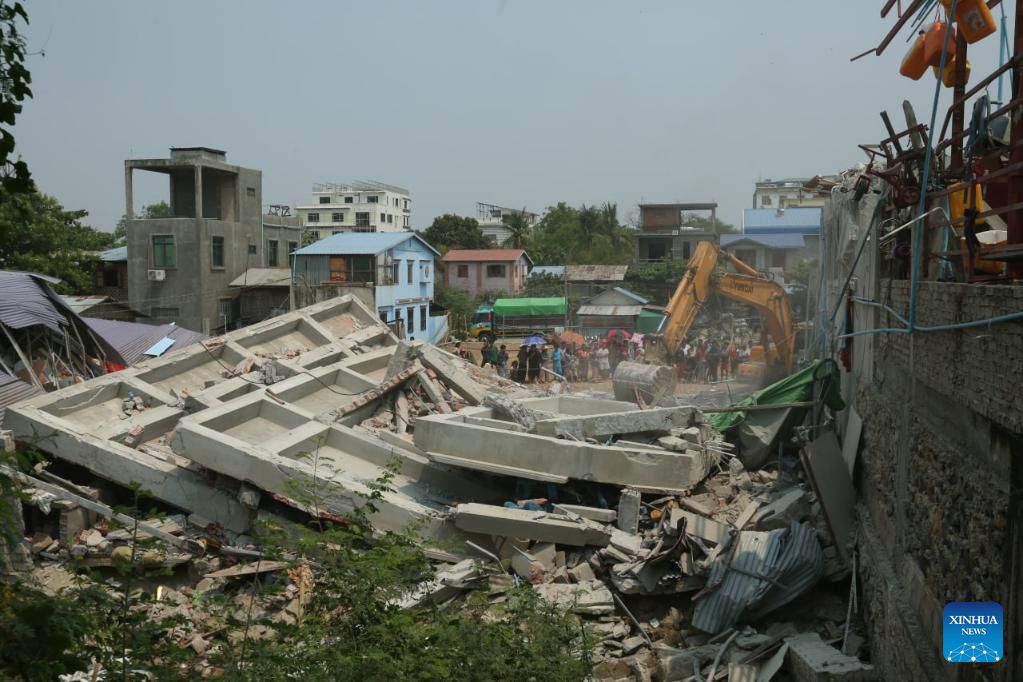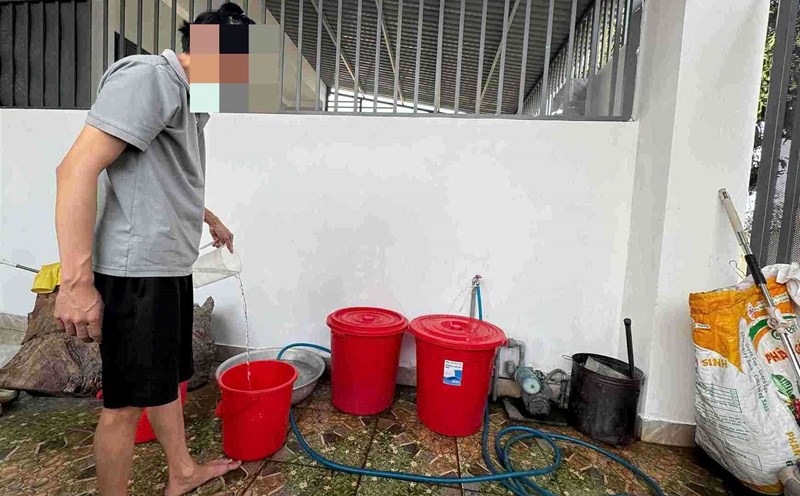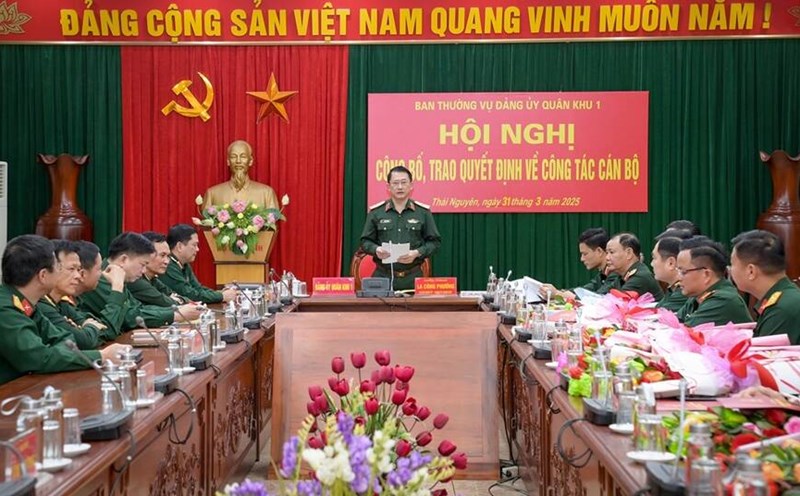Thousands of rescue workers are racing against time in search of survivors after the terrible earthquake in Myanmar on March 28.
As of March 30, at least 1,644 people have been killed and more than 3,400 injured, while tens of thousands have fallen into the sky and the ground.
small hope growing in the midst of ruins
After more than 30 hours trapped under the broken concrete pile of the 12-storey Sky Villa building in Mandalay, Ms. Phyu Lay Khaing, 30 years old, was rescued in a state of exhaustion but still conscious.
The moment she was pulled out of the rubble, tears falling as she hugged her husband - Ye Aung - became a symbol of hope amidst extreme pain.
However, according to AFP, rescue forces are still urgently searching for more than 90 people still missing in this building.
"We heard cries for help from below. But there was not enough equipment to dig faster. We can only hope they are still alive, said a rescue worker at the scene.
Strongest earthquake in decades
On March 28, a 7.7 Richter earthquake - the strongest in Myanmar in decades - flattened hundreds of structures. Just a few minutes later, a 6.7 degree richter earthquake continued to shake, causing the remaining buildings to collapse.

Earthquake waves spread throughout the area, causing Bangkok (Thailand) and Yunnan (China) to be seriously affected. A 30-storey building under construction near the Chatuchak weekend market (Thailand) collapsed, killing at least 10 people and leaving many others missing.
Chadchart Sittipunt, Governor of Bangkok, said rescue work would continue overnight, in the hope of finding survivors under the rubble of concrete. Drones and service dogs have been deployed to detect signs of life.
The rescue encountered countless difficulties
In Myanmar, rescue work is being severely hampered by a destroyed road system, making it difficult to access affected areas.
The communication system was cut off widely, causing many challenges in coordinating relief.
In addition, there is political instability due to the prolonged civil war between the army and the opposing armed forces since the coup in 2021.
However, many countries have begun to mobilize aid. Russia and China have mobilized rescue teams and medical supplies.
India sent rescue teams and doctors, while Malaysia announced that it would send 50 relief workers to Myanmar on March 30.
The United Nations has allocated $5 million in emergency aid, while the EU and the UK have also announced aid packages.

General Min Aung Hlaing, leader of Myanmar's military administration, has called for international aid, declaring that he will "open all roads" to receive aid.
However, the Myanmar military has been repeatedly accused of obstructing humanitarian aid, especially in areas controlled by opposition forces. The Norwegian Relief and Relief Organization warns that urgent aid is only effective if it is freely available and not restricted.
According to the United Nations, hospitals and medical facilities in Myanmar are seriously overloaded, with shortages of medicine, medical equipment and human resources. Tens of thousands of people in Mandalay and many surrounding areas have to sleep outdoors, not only because their homes have collapsed but also because they are afraid that aftershocks will continue to occur.
"We don't dare to go home. The ground is still shaking continuously. We just pray, said a Mandalay resident.











